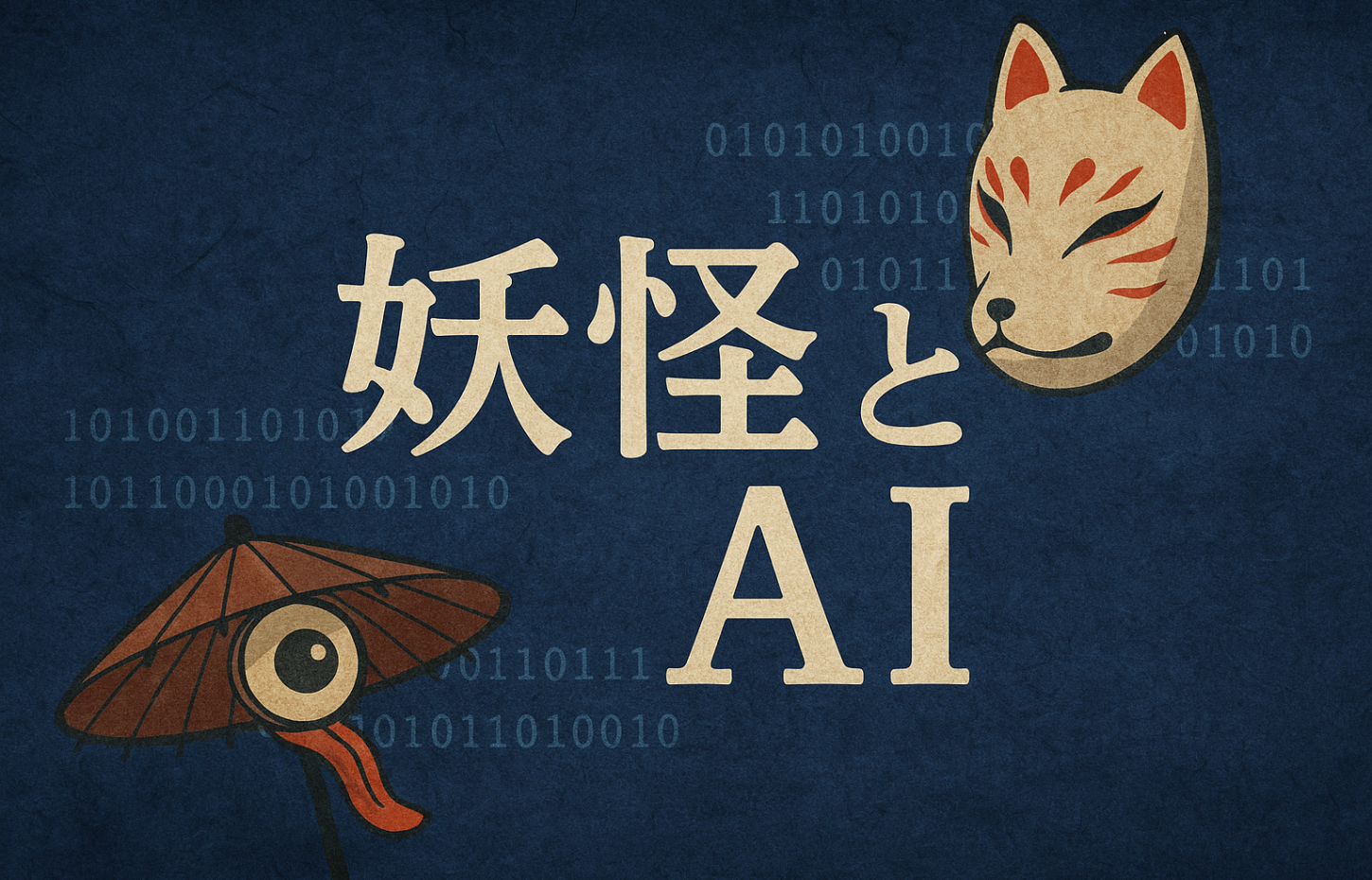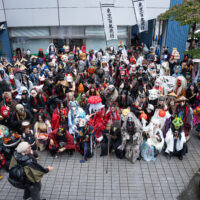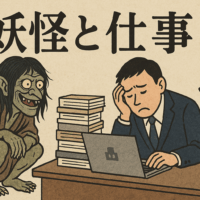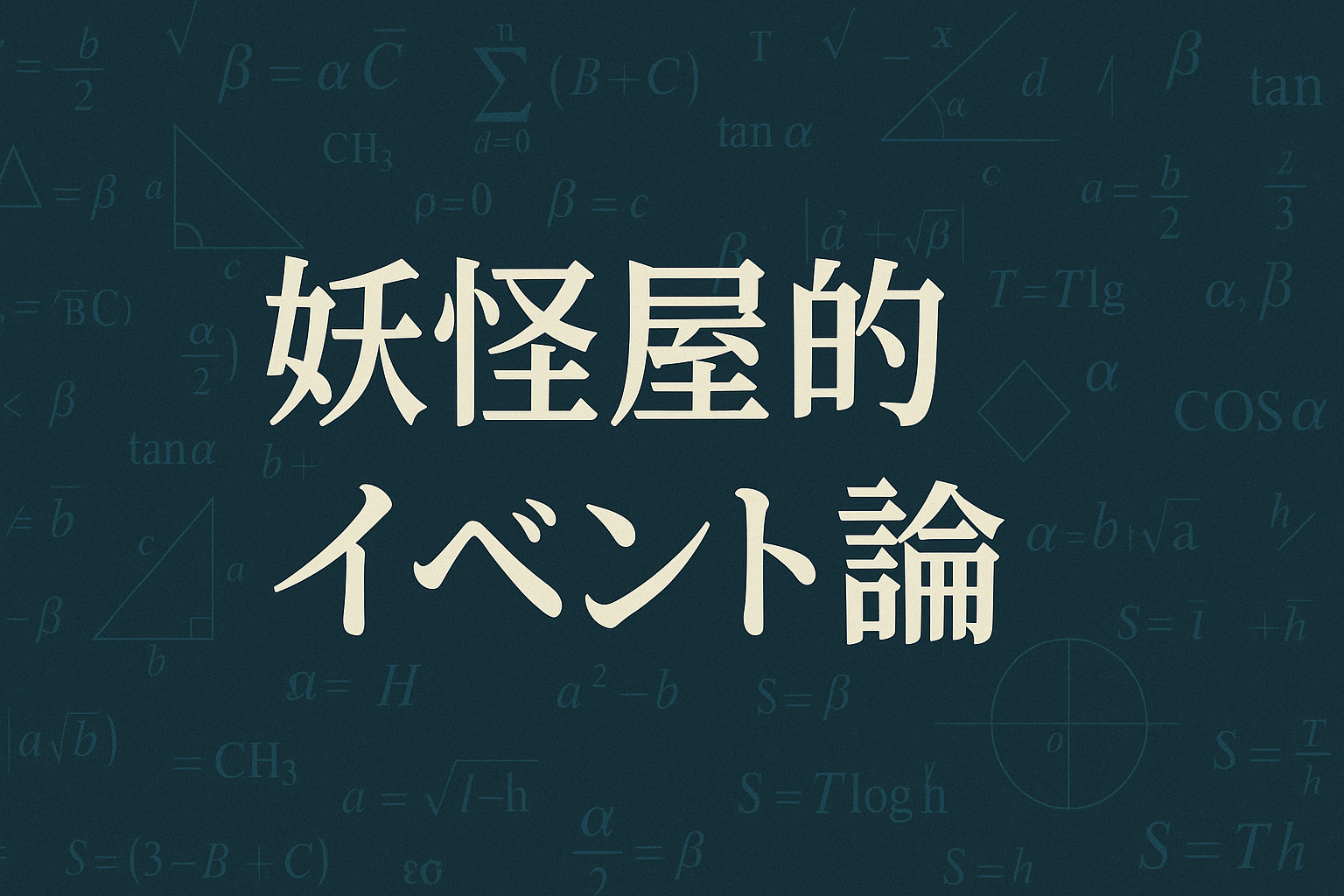
Korea seen through the eyes of monsters (Tokebi)
Japan-Korea relations are in turmoil.
In recent years, major developments that have occurred since President Moon Jae-in took office include the forced labor issue in South Korea in 2018 (an order to pay damages to Nippon Steel & Sumitomo Metal), which has led to economic sanctions such as the Japanese government removing South Korea from its white list, and the resulting decline in South Korean stock prices, putting the South Korean economy in crisis.
On the other hand, Japan has also suffered significant economic damage, including a decline in exports to South Korea, including hydrogen fluoride, a raw material for semiconductors, and a decrease in the number of tourists visiting Japan, and relations between the two countries have become a quagmire.
Furthermore, diplomatic relations are under great tension, with the decision to terminate the GSOMIA (Japan-South Korea Agreement on the Protection of Classified Military Information) on August 22nd.
There's no point in waging an economic war against each other, so as an ordinary citizen, I would like them to get along, at least at the private level.
This may be difficult, as both countries have their own historical backgrounds and pride.
So, this time, I would like to take this opportunity to learn about Korea, which is not very familiar to me.Korean monstersI would like to introduce to you...
Although there are many original yokai from China, Okinawa (Ryukyu), Southeast Asia, etc., it seems that yokai from Korea (Korean Peninsula) are almost unknown in Japan.
In the anime "GeGeGe no Kitaro", there are many monsters that can be categorized as "Western monsters", "Chinese monsters", and "Southern monsters", but there are almost no "Korean monsters" or "Korean monsters" (though there are a few Korean and Korean monsters in the original work).
It is said that the reason they are not well known is because there are very few original Korean yokai.
Among them, the most famous is "Goblin (Goblin)"is.

This is what is called "demon" but is not so scary, and is said to have a happy-go-lucky personality and a penchant for mischief.Kappa" has similar characteristics.
In ancient times, they did not have a specific pictographic form, but were passed down as spirits such as will-o'-the-wisp. In ancient times, they were mixed with Chinese demons, and in modern times, they adopted the characteristics of the Japanese "oni."
Each region has its own unique traditions, and there is apparently no unified image of it.
Shigeru Mizuki was also a"Tokebi" with the image of a demonand,"Tokkabi" with the image of a fireballI have left two different patterns of pictures.

I did some research on books about Korean monsters that are available in Japan, and it seems that one of the reasons Korean monsters are not very well known is that monster research is not very popular in Korea.
Even "Goblin," which is considered the most popular, has been spoken of in completely different ways depending on the era and region, as mentioned above.
This in itself makes it a perfect research subject for considering regional differences and historical background within Korea, and I think the fact that there is no unified image is an interesting phenomenon in itself.
In Shigeru Mizuki's "The World of Monsters Encyclopedia: The Second Edition," in addition to "Tokebi,"false soul" "Luminous Demon" "Kindred demon" "snake girl" "Free Spirit" "unkillable" "Mr. Sun Ge" They are more like spirits, ghosts, or demons than monsters, but there are many interesting legends about them, so I would like to introduce them to you if the opportunity arises.
Tensions will remain high in Japan-Korea relations, but I thought that researching the monsters of each other's countries was an interesting endeavor that could help people get to know each other's cultures at a private level.
Image from Shigeru Mizuki's "Mujara"
Text by Keijiro Watanabe
References: "The World Monster Encyclopedia of Shigeru Mizuki Continued" (Shigeru Mizuki, Tokyodo Publishing), "Quarterly Monsters No. 5" (Kadokawa Shoten), "Collection of Korean Folktales 2: Animal and Plant Folktales, Authentic Folktales" (Choi Inhak, Yushokan)
■ Keichan Watanabe
Born in Asahikawa, Hokkaido. Graduated from the School of Human Sciences at Waseda University. An independent researcher of monsters.
He currently splits his time between Sapporo, Hokkaido, and Tokyo, and works as a management and IT consultant, but he studied folklore and cultural anthropology at university, and continues to study yokai as his life's work.
I am currently writing articles about monsters associated with Hokkaido, where I currently live, as well as current news about business and economics.
Twitter:https://twitter.com/keishiro_w








There is a theory that Tokebi is a bloody broom that has turned into a ghost, so it can be interpreted as a kind of Tsukumogami. That is why it is said to have only one leg. It is also confused with Kinzoku Oni, and is said to prefer to attack people in the owner's household.
Thank you for your comment, Mami-yan!
It's interesting to consider the similarities with Tsukumogami.
Mizuki Shigeru's commentary also states that "it sometimes appears with one long leg."
Kindred demons are also close to us. There are many connections, and it's interesting.